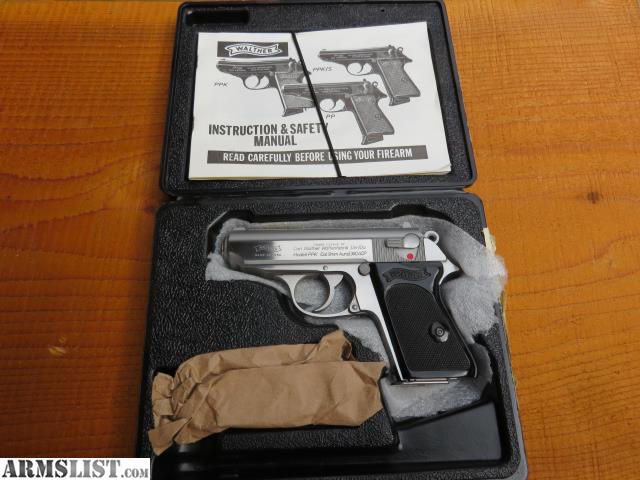

As the locking block falls into a corresponding recess in the frame, it halts the rearward movement of the barrel assembly. After the barrel has moved rearward about 0.25 inches, the plunger at the rear of the barrel assembly pushes the locking block beneath the barrel assembly, out of its horizontal locking recesses in the forged steel slide. It used a proven short-recoil system of operation in which the barrel and slide recoil together over a short distance and remain locked together during the moment of highest pressure. The P.38 is an interesting mix of the old and the new, or at least what was old and new in 1938. Moreover, the P.38 and its aluminum-framed successor, the P.1, remained in service with the German military and police, and around the world, for more than 50 years. In fact, more than a million P.38s were made between 19. His P.38 pistol was a simple, rugged design compatible with mass production. It was also Walther’s first pistol in 9mm. Seeing an opportunity, Fritz Walther quickly developed a series of designs that ultimately evolved into the world’s first DA semi-automatic military sidearm, the Walther P.38. RELATED: Gun Review: Walther P99 AS 9mm Pistol.RELATED: Gun Review: Walther PPQ M2 9mm.Shortly after the PP series appeared on the market, the German Army let Walther know that it was starting a search for a new standard 9mm service pistol that would replace the P.08 Parabellum, better known as the “Luger.” From the factory founded by his father, Carl Walther, in Thuringen, he created the legendary PP series of pistols, the first successful semi-automatics with a double-action (DA) trigger. Fritz Walther, owner and lead designer for Walther Arms, created a number of semi-automatic pistols known for their elegant lines, compact size, reliable operation and revolutionary design.


 0 kommentar(er)
0 kommentar(er)
